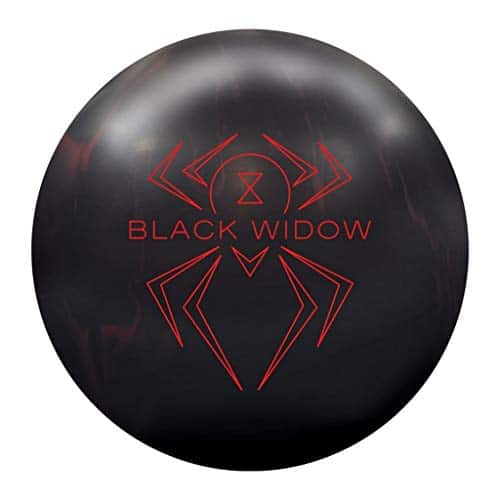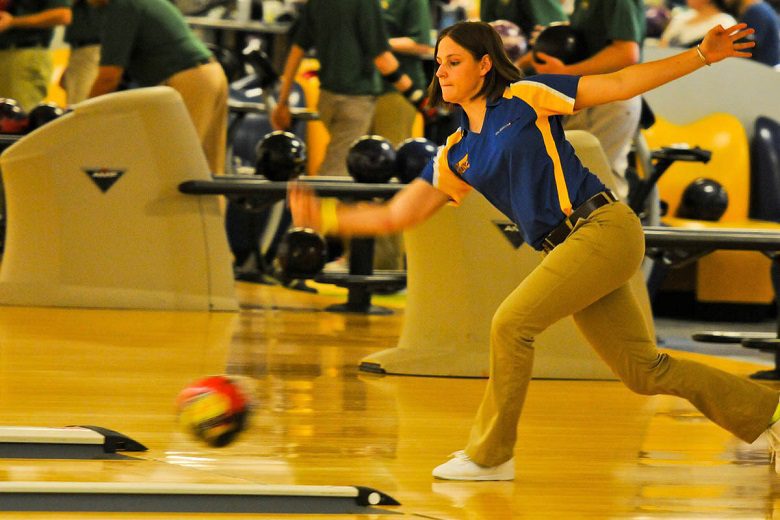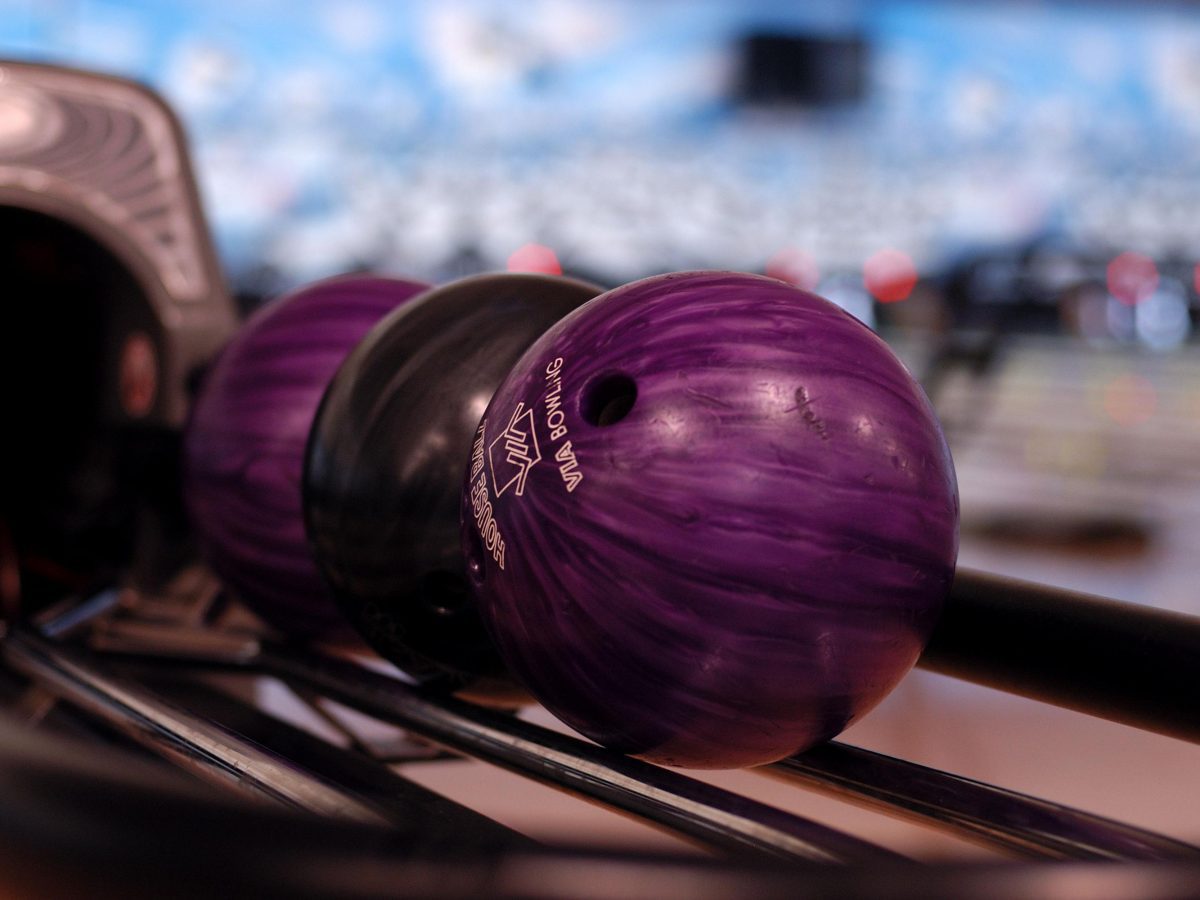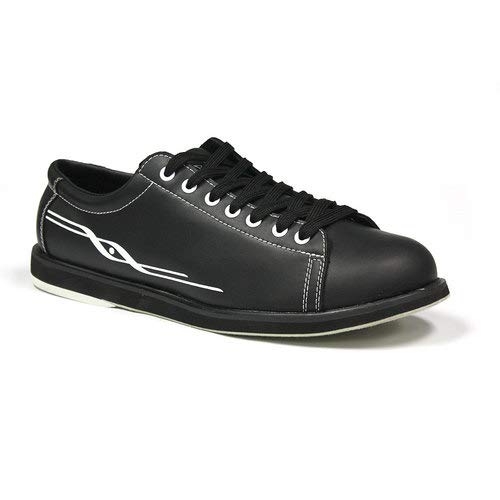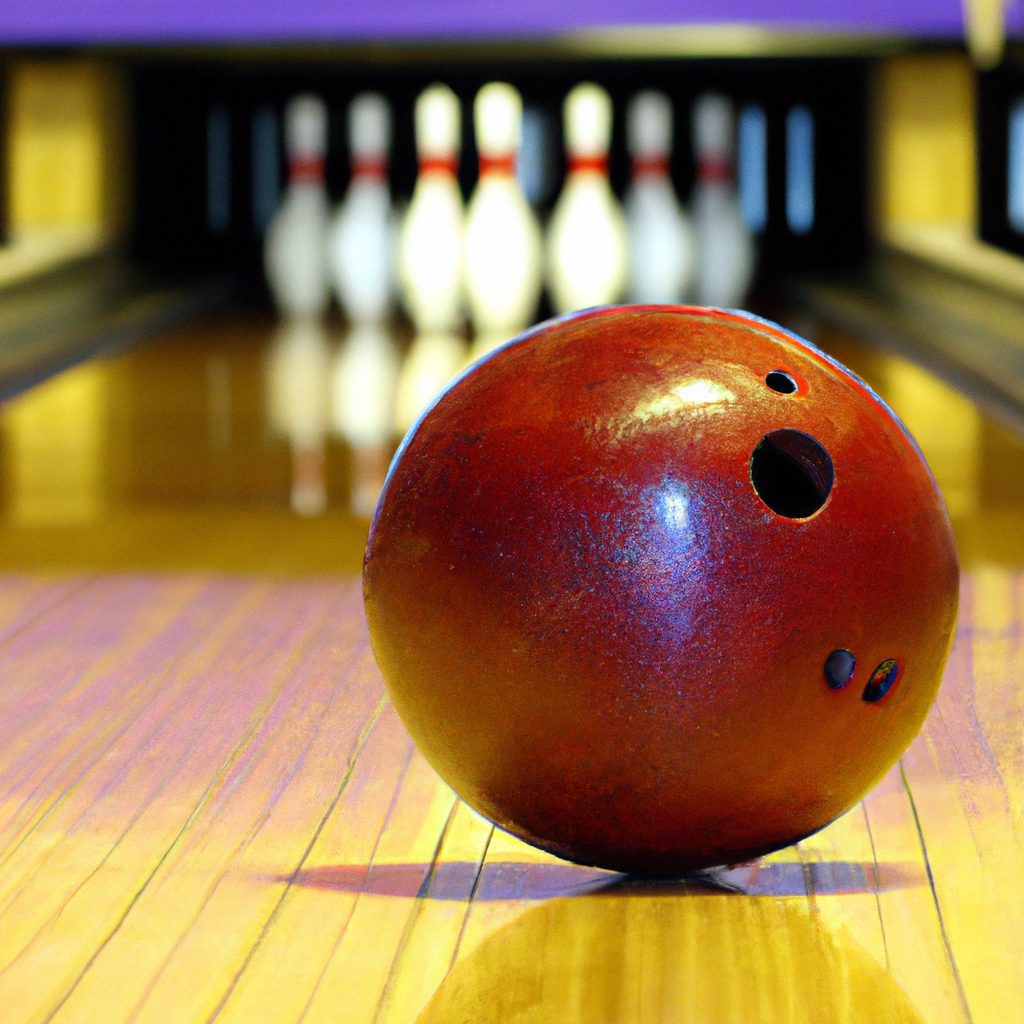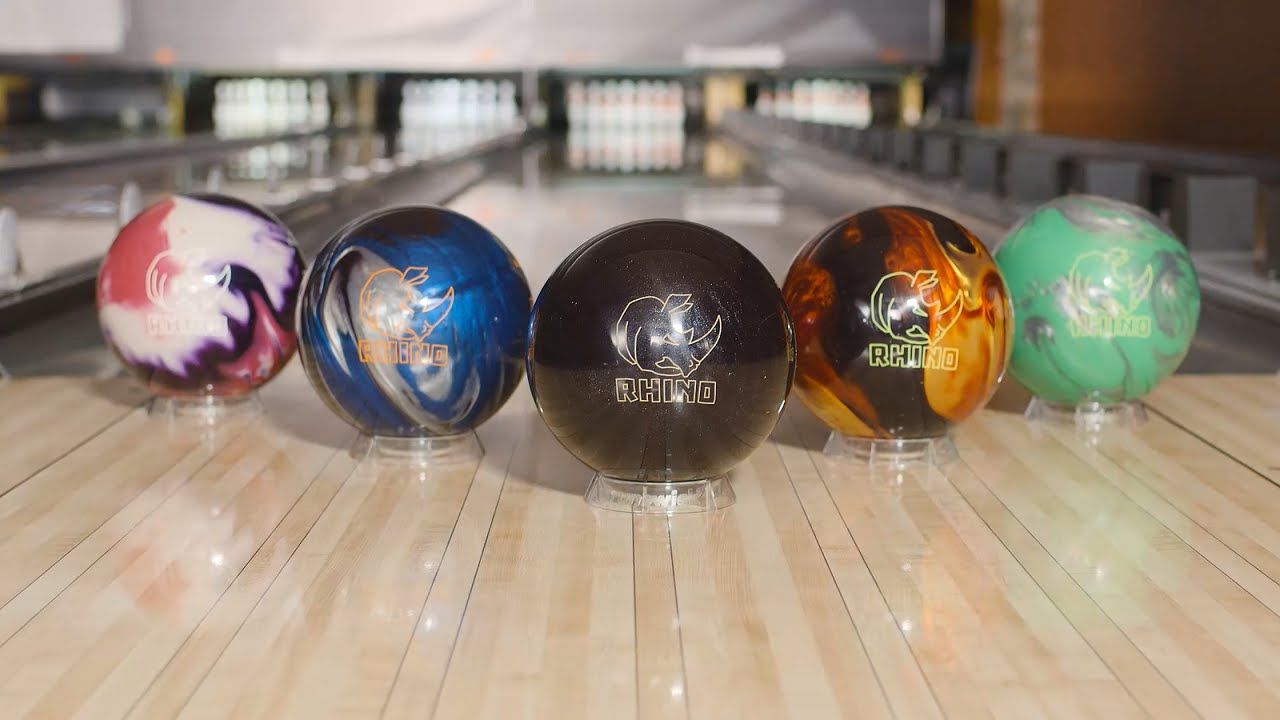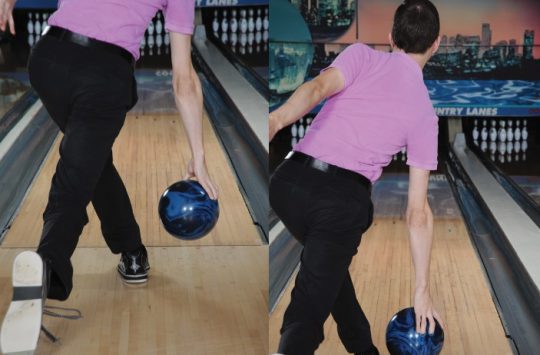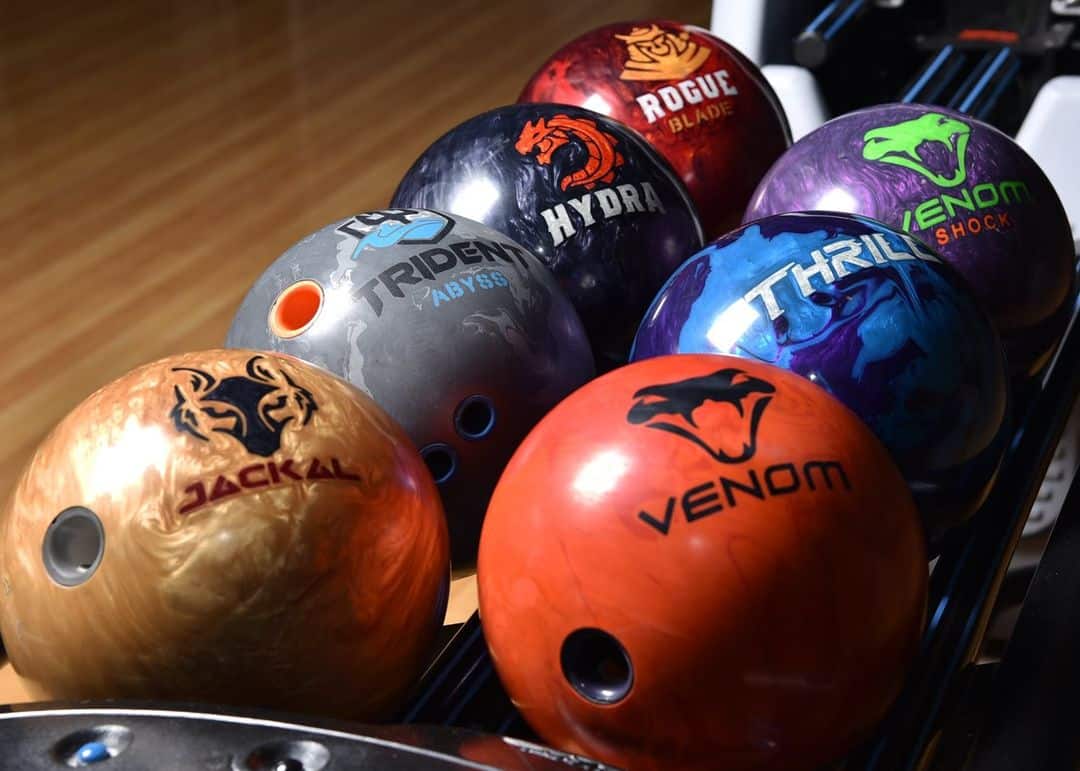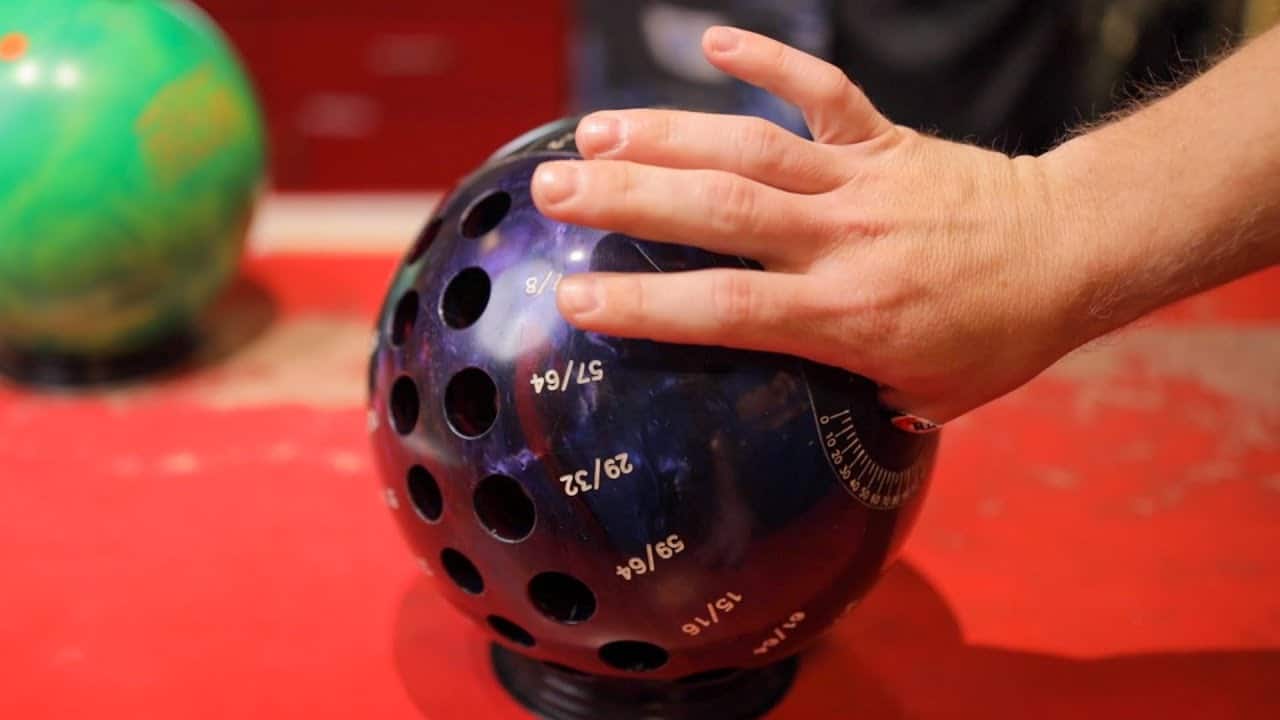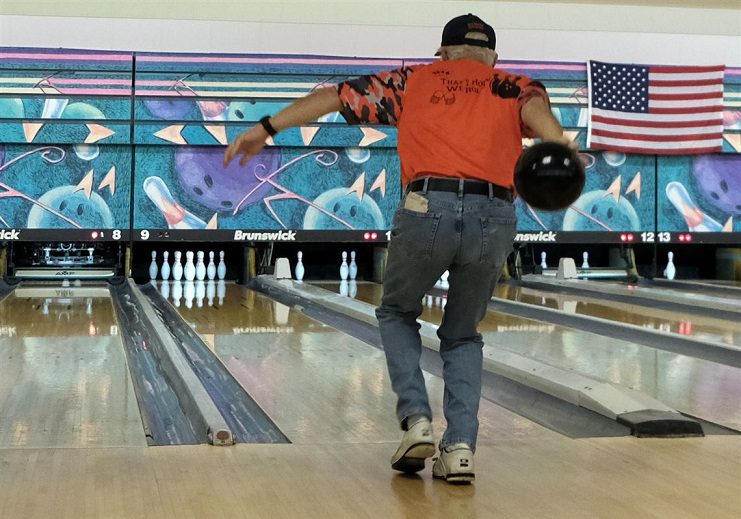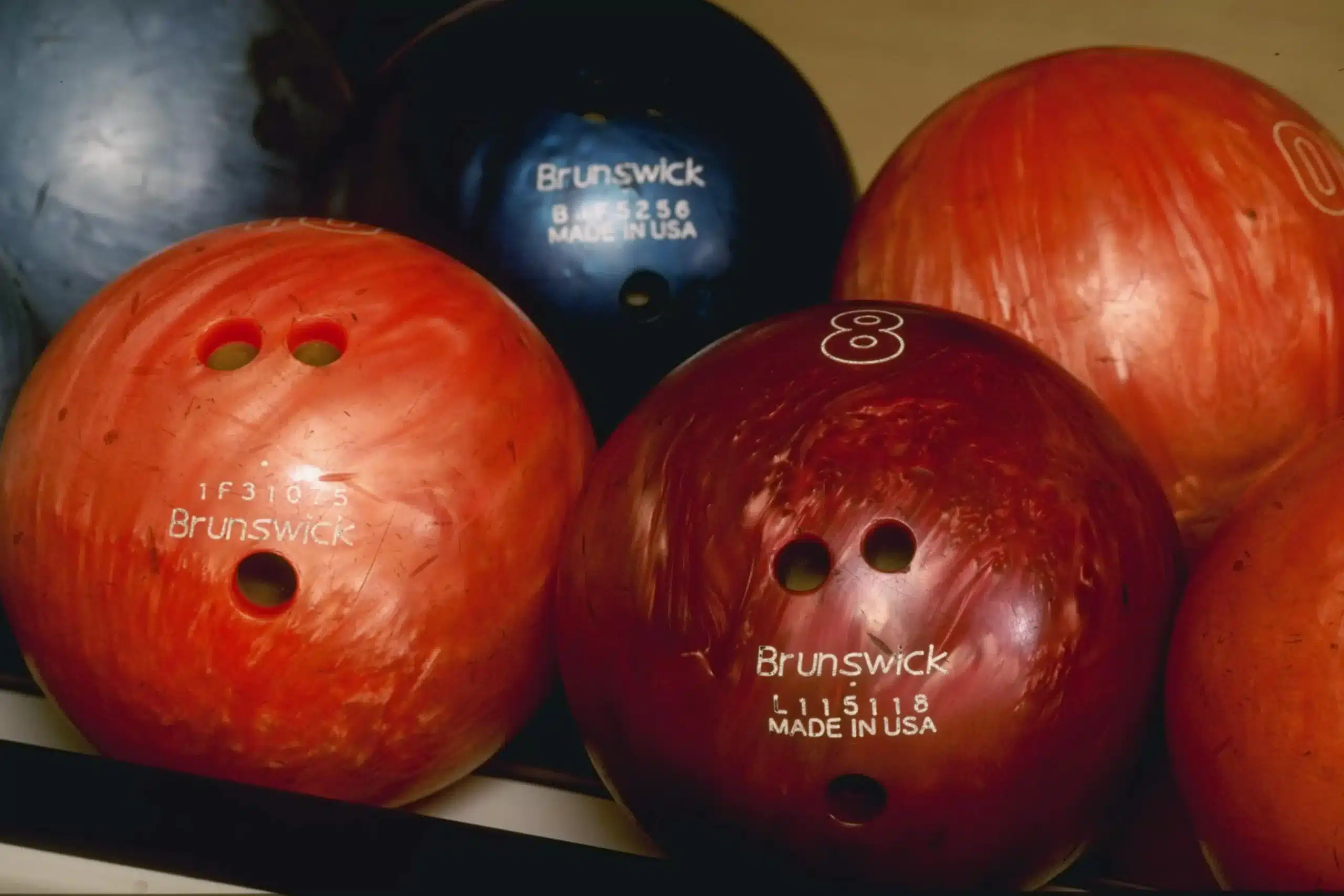There’s a subtle but important distinction that sets symmetric and asymmetric bowling balls apart. While both types are used in the sport, they have distinct characteristics that drastically alter their behavior on the lanes. Symmetric bowling balls are known for their balanced weight distribution, providing consistency and predictability. On the other hand, asymmetric bowling balls feature an irregular weight distribution, offering bowlers enhanced hook potential and versatility. So, whether you’re a casual bowler or a seasoned pro, understanding the differences between these two types of bowling balls can help elevate your game to new heights.
This image is property of i.ytimg.com.
Review contents
Overview
Definition of symmetric and asymmetric bowling balls
When it comes to bowling, there are two main classifications of bowling balls: symmetric and asymmetric. Symmetric bowling balls have a symmetrical core design and weight block distribution, while asymmetric bowling balls have an asymmetrical core design and weight block distribution.
Importance of understanding the difference
Understanding the difference between symmetric and asymmetric bowling balls is crucial for bowlers of all skill levels. The construction, performance, drilling patterns, and even the cost and availability can vary significantly between these two types of balls. By comprehending these differences, bowlers can make informed decisions about which ball suits their style, skill level, and lane conditions best, resulting in improved performance on the lanes.
Construction
Symmetric bowling ball construction
Symmetric bowling balls are constructed with a symmetrical core design, which means that the core’s shape is symmetrical from any angle. This symmetrical core design allows the ball’s weight to be distributed evenly throughout, providing consistent motion on the lanes. The symmetric weight block is typically placed in the center of the ball, giving it a stable and predictable roll.
Asymmetric bowling ball construction
On the other hand, asymmetric bowling balls feature an asymmetrical core design. This means that the core’s shape is not symmetrical from all angles. The asymmetric weight block is intentionally positioned off-center within the ball. This unique construction offers bowlers more versatility and enables them to create a wider variety of ball motions and reactions on the lanes.
Core design and weight block variations
Both symmetric and asymmetric bowling balls have different core design and weight block variations. Symmetric balls generally have a pancake-like shape and offer a smooth rolling motion. Asymmetric balls, on the other hand, may feature different shapes and designs, such as a modified core shape, dual-density cores, or even multiple weight blocks strategically placed within the ball. These variations allow for greater customization and adjustment to suit specific lane conditions and playing styles.
Performance
Reaction on different lane conditions
Symmetric bowling balls typically provide a consistent and predictable reaction on various lane conditions. Their symmetrical core design assists in creating a smooth arcing motion, making them ideal for medium oil conditions. Asymmetric bowling balls, due to their dynamic weight block distribution, offer a more versatile reaction. They can provide a sharper hook and more angular motion, making them suitable for both dry and heavy oil lane conditions.
Hook potential
Hook potential refers to a ball’s ability to change direction and hook as it travels down the lane. Symmetric bowling balls generally exhibit a more controlled and predictable hook potential. Their symmetrical weight block distribution facilitates a smoother and more gradual hook. Asymmetric balls, with their asymmetrical weight block placement, can generate a higher hook potential, offering bowlers greater angularity and aggressively changing direction.
Ball motion characteristics
The ball motion characteristics of symmetric and asymmetric bowling balls differ significantly. Symmetric bowling balls tend to have a more consistent and predictable motion. They roll smoothly from the breakpoint to the pins with a controllable hook shape. Asymmetric bowling balls, on the other hand, exhibit more angularity and generate a sharper motion. They tend to snap and hook more aggressively, potentially increasing pin carry and scoring potential.
Drilling Patterns
Symmetric ball drilling options
Symmetric bowling balls offer a wide range of drilling options, allowing bowlers to fine-tune their ball reaction. With symmetrical weight block placement, the drilling patterns can influence control, length, and backend motion. Bowlers can choose from various layouts, including pin above the fingers, pin below the fingers, or even dual angle layouts, to achieve the desired ball motion and reaction.
Asymmetric ball drilling options
Asymmetric bowling balls provide even greater flexibility when it comes to drilling options. The asymmetrical weight block placement allows bowlers to manipulate the ball’s motion significantly. Drilling patterns can be adjusted to influence the length, hook potential, and breakpoint shape. Bowlers can experiment with layouts like the flare potential, mass bias, and even dual angle layouts to maximize the ball’s versatility on the lanes.
Layout considerations
When selecting the drilling pattern for either symmetric or asymmetric bowling balls, it is crucial to consider factors such as playing style, lane conditions, and desired ball reaction. Additionally, consulting with a knowledgeable pro shop professional can provide valuable insights and recommendations on the most suitable layout to enhance a bowler’s game.
This image is property of i.ytimg.com.
Rev Rate and Axis Tilt
Effect of rev rate on ball motion
Rev rate refers to the number of revolutions a bowler imparts on the ball as it travels down the lane. The effect of rev rate on ball motion varies between symmetric and asymmetric bowling balls. Generally, higher rev rates amplify the hook potential of both ball types. However, symmetric balls may display a less aggressive response to higher rev rates, while asymmetric balls can showcase a more pronounced change of direction and increased overall hook potential.
Impact of axis tilt on ball reaction
Axis tilt is the degree to which a ball tilts or rotates on its horizontal axis while traveling down the lane. The impact of axis tilt on ball reaction is again dependent on whether the ball is symmetric or asymmetric. Symmetric bowling balls are typically less affected by axis tilt, providing a more predictable and controlled motion regardless of the amount of tilt. Asymmetric bowling balls, on the other hand, can be more sensitive to axis tilt, with higher tilts leading to a sharper and more aggressive hook.
Matching rev rate and axis tilt to ball type
To optimize ball performance, it is essential to match the rev rate and axis tilt to the specific characteristics of the ball type. Bowlers with higher rev rates may benefit from the increased versatility of asymmetric bowling balls, as they can fully leverage their rev dominance for a greater hook potential. Conversely, bowlers with lower rev rates may find symmetric bowling balls more suitable, allowing them to maintain control while still generating adequate hook.
Control and Versatility
Symmetric balls’ control characteristics
One of the strengths of symmetric bowling balls is their exceptional control on the lanes. The symmetrical weight block distribution and smooth rolling motion enable bowlers to deliver a consistent shot while maintaining accuracy. Symmetric balls excel in maintaining a consistent line and minimizing the risk of overreactions, making them ideal for bowlers who prioritize control and precision over sharp hook potential.
Asymmetric balls’ versatility advantages
The versatility advantages of asymmetric bowling balls lie in their ability to adapt to various lane conditions and playing styles. The dynamic weight block distribution allows for greater angle changes and enhanced overall hook potential. Asymmetric balls can provide more backend motion, allowing bowlers to generate higher entry angles and greater pin carry, ultimately resulting in potentially higher scores.
Determining the right option for your style
Determining whether a symmetric or asymmetric bowling ball is the right option for your style depends on personal preferences, playing style, and lane conditions. For bowlers who prioritize control and consistency, symmetric balls offer a stable and predictable performance. On the other hand, bowlers seeking greater versatility and aggression on the lanes may find that asymmetric bowling balls suit their style better. Experimentation and seeking advice from experienced bowlers and pro shop professionals can help determine the best option for individual needs.
This image is property of beginnerbowlingtips.com.
Bowling Styles
Differences for strokers
Strokers, with a slower ball speed and lower rev rate, tend to benefit from the control and predictability of symmetric bowling balls. These balls enable strokers to maintain accuracy and keep their shots consistently on target. The smooth and gradual hook motion of symmetric balls complements the stroker’s style, allowing for improved shot repeatability and spare shooting accuracy.
Implications for crankers
Crankers, with a higher ball speed and greater rev rate, can harness the versatility and angularity offered by asymmetric bowling balls. The asymmetrical core design and weight block distribution allow crankers to generate the significant hook potential they desire. The sharper backend motion and increased overall hook of asymmetric balls complement the cranker’s aggressive style, creating a more pronounced entry angle and potentially higher pin carry.
Suitability for tweeners
Tweeners, who fall between the stroker and cranker styles, can choose either symmetric or asymmetric bowling balls depending on their individual preferences and playing conditions. Tweeners with a more controlled and precise approach may opt for symmetric balls to maintain accuracy. Conversely, tweeners seeking more hook potential and versatility may find that asymmetric bowling balls cater to their style better, enabling them to generate both length and backend reaction.
Adjustments for two-handed bowlers
Two-handed bowlers, known for their unique style and high rev rates, often find that asymmetric bowling balls complement their game exceptionally well. The higher rev rates produced by two-handed bowlers can fully exploit the aggressive hook potential of asymmetric balls. The dynamic weight block distribution in these balls allows two-handed bowlers to create dramatic angularity and maximize pin carry, resulting in impressive scoring potential.
Skill Level and Experience
Recommendations for beginners
For beginners, symmetric bowling balls are generally recommended due to their control and predictability. These balls provide a stable foundation for beginners to develop and hone their fundamental skills. With their smooth and consistent roll, symmetric balls make it easier for beginners to achieve better shot repeatability and accuracy. As beginners progress and gain more experience, they may explore more advanced options, such as asymmetric bowling balls, to unlock greater versatility on the lanes.
Considerations for intermediate players
Intermediate players, who have a solid foundation and some experience in the sport, can benefit from exploring both symmetric and asymmetric bowling balls. By trying different ball types, intermediate players can gain a better understanding of their own playing style and preferences. It is essential to experiment with different drilling patterns and layouts to identify which ball characteristics and motion suit their game best.
Expert-level choices
Expert-level bowlers, with their deep knowledge and experience, have the skills to fully utilize the benefits of both symmetric and asymmetric bowling balls. Expert bowlers often have a wide selection of balls in their arsenal, allowing them to adapt to various lane conditions and challenges. They are adept at matching different ball types to their playing style, targeting the specific lane conditions they encounter, and adjusting their equipment accordingly.
This image is property of news.stormbowling.com.
Cost and Availability
Price variations between symmetric and asymmetric balls
When it comes to cost, symmetric bowling balls generally tend to be more affordable compared to asymmetric bowling balls. The simpler construction and lower complexity of symmetrical cores contribute to their lower price range. On the other hand, asymmetric bowling balls, with their more advanced core designs, innovative weight block configurations, and superior versatility, often come at a higher price point.
Availability in different weight ranges
Both symmetric and asymmetric bowling balls are available in a wide range of weights to accommodate bowlers of all strengths and skill levels. From the lighter weights suitable for beginners and youth bowlers to the heavier weights preferred by experienced and professional bowlers, bowlers can find a suitable ball in either category. Bowling pro shops and online retailers offer a diverse selection of symmetric and asymmetric bowling balls to cater to individual needs.
Maintenance and Longevity
Care requirements for each ball type
Proper care and maintenance are essential for extending the lifespan and performance of any bowling ball, regardless of its type. Both symmetric and asymmetric bowling balls require regular cleaning, polishing, and resurfacing to remove oil absorption and maintain proper ball reaction. Following the manufacturer’s guidelines and using appropriate cleaning products can help preserve the integrity and performance of both ball types.
Durability and lifespan comparisons
In terms of durability and lifespan, symmetric bowling balls are generally considered to have a longer life expectancy. The simpler construction and symmetrical core design contribute to their ability to withstand the rigors of extended use. Asymmetric bowling balls, with their more complex core designs and weight block configurations, may be more prone to early degradation and wear. However, with proper care and maintenance, including regular inspections for cracks or deformations, both symmetric and asymmetric bowling balls can provide many years of reliable performance.
In conclusion, understanding the difference between symmetric and asymmetric bowling balls is essential for bowlers looking to maximize their potential on the lanes. From construction to performance, drilling patterns to skill level considerations, each aspect contributes to the overall choice of bowling ball. By carefully evaluating personal preferences, playing style, and lane conditions, bowlers can make informed decisions to select the most suitable ball for their game. Whether it’s the control and predictability of symmetric balls or the versatility and hook potential of asymmetric balls, finding the right option can enhance a bowler’s skills, enjoyment, and overall success in the sport.
This image is property of sparemeablog.files.wordpress.com.









![Spare bowling ball Top 10 in 2024. (reviews) Top 10 Best Spare Bowling Balls [2021 Reviewed]](http://landofbowling.com/wp-content/uploads/2021/07/Top-10-Best-Spare-Bowling-Balls-2021-Reviewed.jpg)






